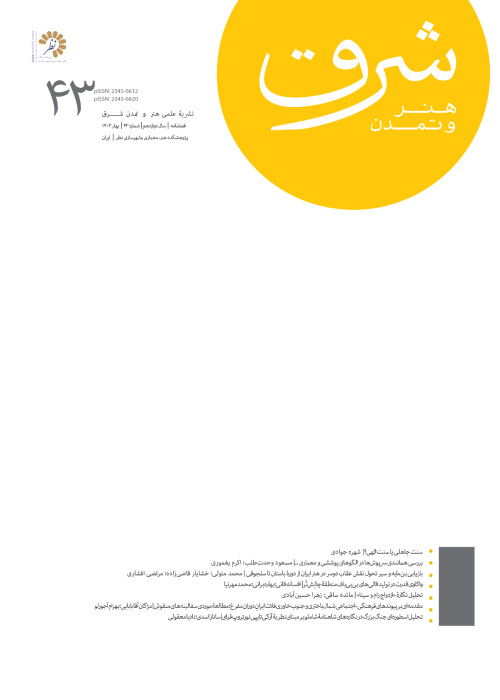A Reflection on Manifestations of Power in the Representation of Assyrian and Neo-Assyrian Gardens on the Basis of Inscriptions and Friezes from the 12th Century to the 7th Century BC
By reviewing the role of cultural components and currents of thoughts in the formation of physical and functional specifications of the garden – in a geographical context –, we can acquire a more comprehensive image of the culture of the people who have constructed them. The role of the power component in the formation of the Assyrian and neo-Assyrian civilization is manifested in the usage of friezes in gardens as a tool for presenting the royal power on the walls of their palaces. The relationship between power as a cause of formation of royal gardens (the “why” of it) and their presentation in the representation of the garden (the “how” of it) is indicative of the specific functional and physical traits of the garden in this era of our history. This view considers garden-centered friezes as imperialistic and political statement and promotes “power” as a cultural principle in the Assyrian and neo-Assyrian civilization. The present study aims to review the overall pattern of Assyrian and neo-Assyrian royal gardens with an emphasis on its political dimensions. Manifestation of such issue in the construction of the gardens of the Mesopotamia region, as a representation of the royal power in the representation of the gardens has yet to be studied in a comprehensive way in the form of an independent research with an emphasis on all its dimensions. The method of the present study is a qualitative historic analysis of content and the required information has been collected using a library method by referring to accessible primary information resources such as friezes, inscriptions and Assyrian literary texts and secondary information resources and available books. Representation of the royal garden as a natural-cultural phenomenon in the Assyrian and neo-Assyrian friezes has been done with the purpose of showing the civil and the military power of the king and implying his supernatural and extraterrestrial power. This is an indication of the focus on the power factor as a main field of garden’s representation which emphasizes three levels, namely representation of the act of creation in the construction of the garden, designed and artificial landscaping and presentation of non-local components and elements and their impact on the ideology and cultural belief regarding the god-like power of the king and his political acceptability and qualification. Such a form of representation illustrates an overall pattern of the royal garden beyond mere geometry and anatomy, in the form of common qualities such as its ritual-related and ceremonial aspect, artificiality and extraordinary innovation and its imitative and illustrative aspects.
- حق عضویت دریافتی صرف حمایت از نشریات عضو و نگهداری، تکمیل و توسعه مگیران میشود.
- پرداخت حق اشتراک و دانلود مقالات اجازه بازنشر آن در سایر رسانههای چاپی و دیجیتال را به کاربر نمیدهد.



